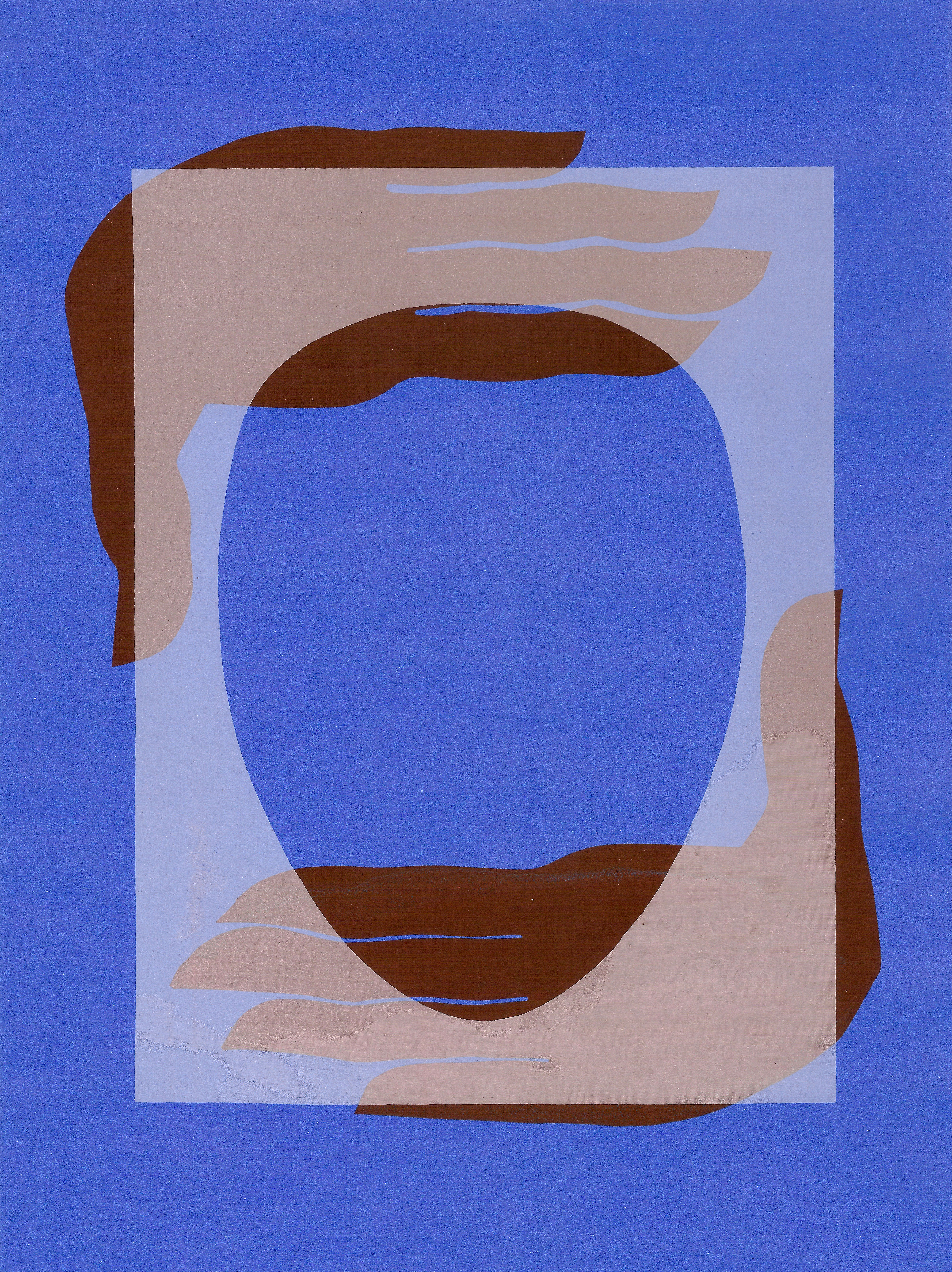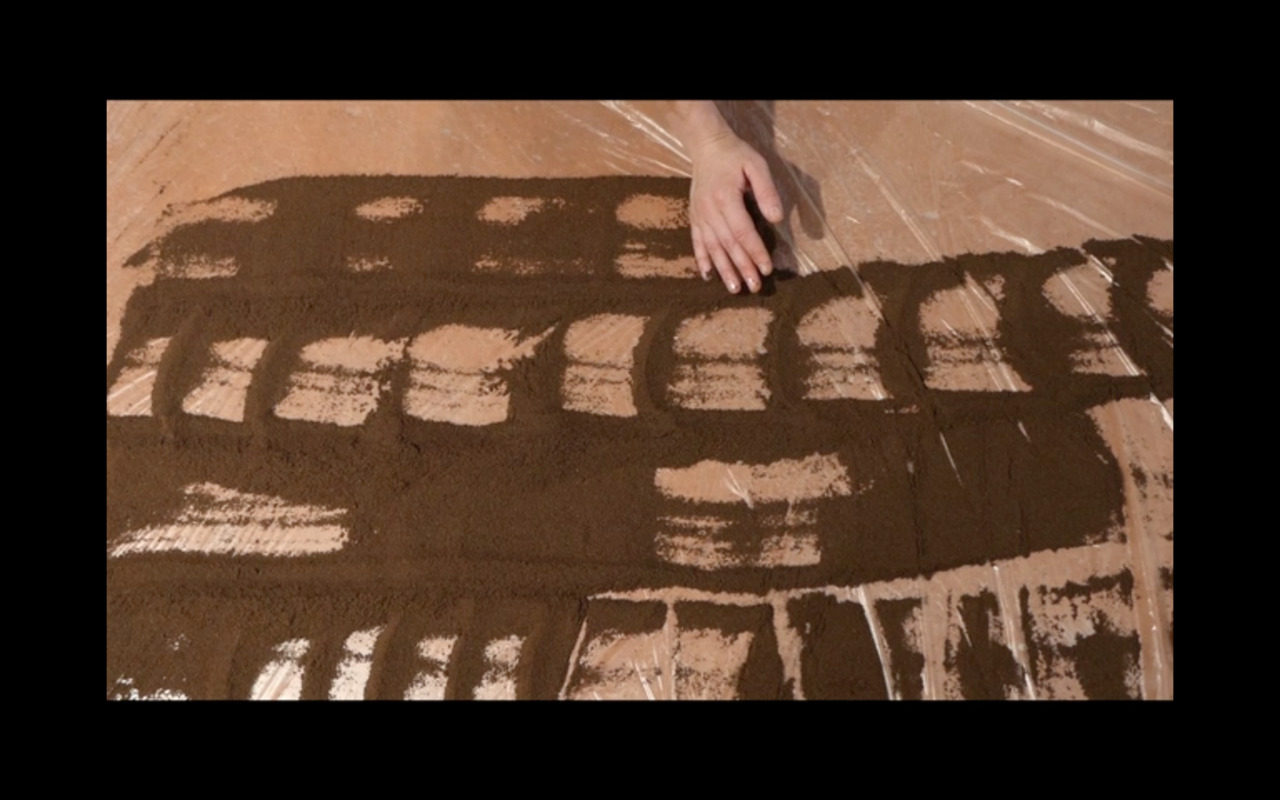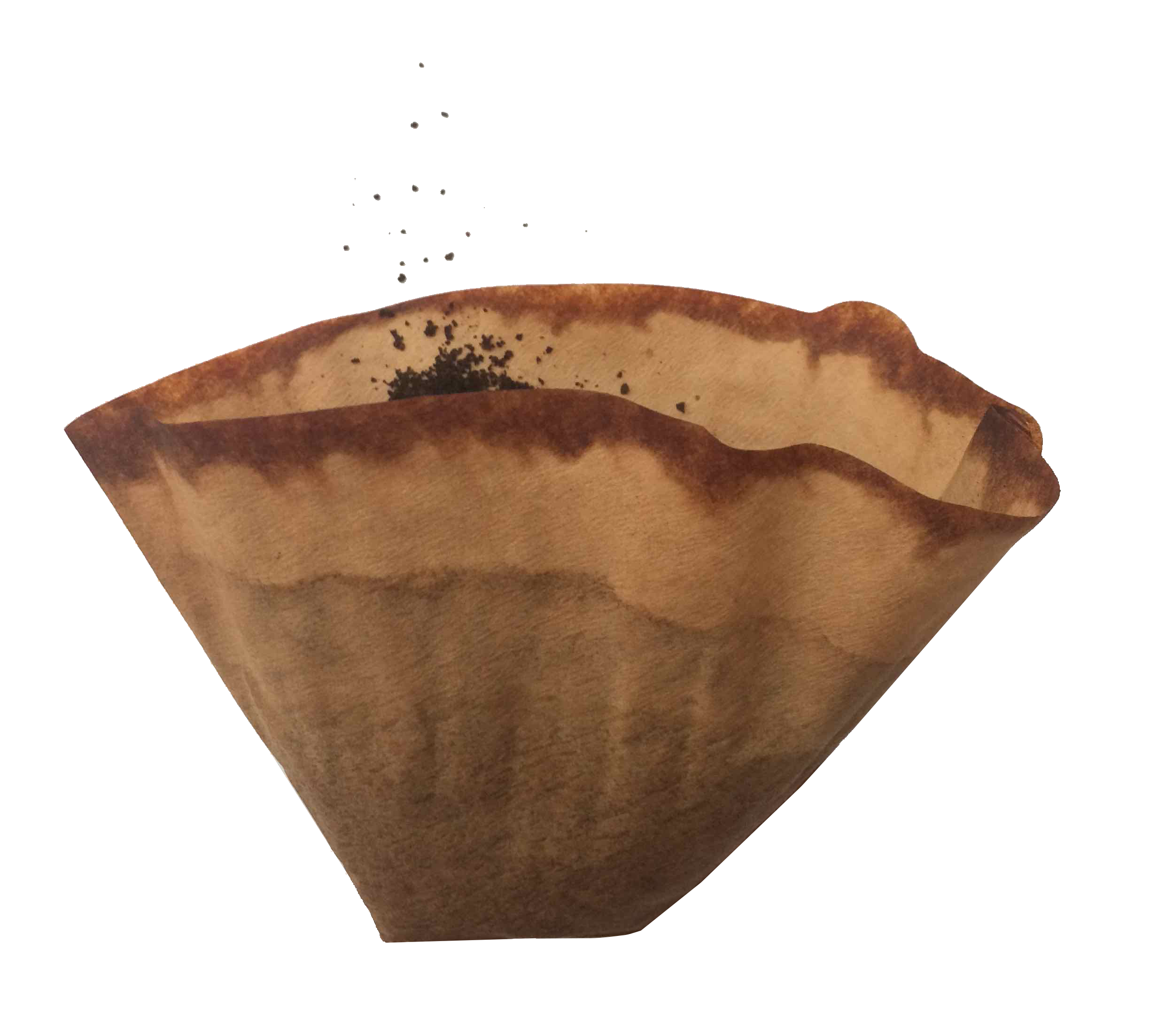6 Jul 2019
Interview
JÉRÉMY GAUDIBERT: COFFEE, DANCING AND FINNISH RITUALS
The HIAP Design Residency has welcomed three international practitioners to work at Villa Eläintarha, next to Töölönlahti Bay. I met with one of them, Finland-based French designer Jérémy Gaudibert, to discuss his currents projects suitably over coffee. I say suitably, because coffee is what brought Jérémy to HIAP.
Jérémy has lived in Finland since the end of 2017 and is currently working on many different fields simultaneously. He is interested in printmaking and has been experimenting at the screenprinting workshop Kalasataman Seripaja. He is also working professionally as a dancer, teaching waacking and other types of dance to groups in Järvenpää and Pohjois-Haaga. He has a background in textile and industrial design, and is now exploring performance art. He also has an exhibition coming up in September with the other two Villa Eläintarha design residents, Luke Jones and Anna Burlakova. Before that, he is going to France to work on his design projects and label, as well as put on a waacking dance event with the transdisciplinary collective Petit Huit, consisting of a festival party and workshops. “Time goes fast in the city,” Jérémy laughs, so hopefully he will also manage to schedule some thinking time for himself.

A picture of recent experiments at Kalasataman seripaja based on own experience of voguing, especially the act of “serving face”.
A year after Jérémy settled in Finland back in 2017, he started sharing a small work space in Alppila, Helsinki with other dancers and makers. He was looking for inexpensive materials to work and experiment with, so he became interested in using waste material that he found in abundance: ground coffee and paper filters used to brew the drink. At first the fascination with the material was tactile and formal; Jérémy was manipulating both the smelly, dirty, slowly drying waste that was ground coffee as well as making objects out of the paper filters. “It was a very inspiring part of the process.” As a professional dancer, Jérémy is very intuitive with movement; a lot of his works are action-based. In his practice, Jérémy wants to make his two passions, design and dance, meet somewhere in the middle. In his coffee project, Jérémy wanted to embody the manipulation of the material through dance; he made shapes from the paper filters and wore them during a dance performance. “Motion makes things alive,” he finds.
 Jérémy says that although the interest was practical and aesthetic to begin with, he very quickly found himself reading about coffee production, the use of coffee as an (almost) ritualistic practice, and coffee consumption and trade. He found out that Finnish people consume the most coffee in the world per capita. The Finnish language even uses coffee in words such as ‘vaalikahvit,’ election coffee; the ritual of drinking coffee after voting is such a strong one. Finnish history also knows of coffee substitutes made of fungi, roots, or potato peel, such as ‘pakurikahvi’, which was used particularly during the Second World War, when the consumption of coffee beans was strongly regulated and hard to come by. Understanding all these aspects of coffee history is important to Jérémy, as he tries to incorporate himself in Finnish culture and climate, and he is currently spending a lot of time reading and researching. He has talked to people who don’t drink coffee about the social stigma they are facing, and he has acquainted himself with the adverts of Finnish coffee brands Kulta Katriina and Juhla Mokka, which promote a strong romantic narrative of the Finnish people as shy and hard-working.
Jérémy says that although the interest was practical and aesthetic to begin with, he very quickly found himself reading about coffee production, the use of coffee as an (almost) ritualistic practice, and coffee consumption and trade. He found out that Finnish people consume the most coffee in the world per capita. The Finnish language even uses coffee in words such as ‘vaalikahvit,’ election coffee; the ritual of drinking coffee after voting is such a strong one. Finnish history also knows of coffee substitutes made of fungi, roots, or potato peel, such as ‘pakurikahvi’, which was used particularly during the Second World War, when the consumption of coffee beans was strongly regulated and hard to come by. Understanding all these aspects of coffee history is important to Jérémy, as he tries to incorporate himself in Finnish culture and climate, and he is currently spending a lot of time reading and researching. He has talked to people who don’t drink coffee about the social stigma they are facing, and he has acquainted himself with the adverts of Finnish coffee brands Kulta Katriina and Juhla Mokka, which promote a strong romantic narrative of the Finnish people as shy and hard-working.

Jérémy has, through his research, reinvented himself as a coffee activist. “There is a crisis in coffee consumption and coffee trade,” Jérémy explains. “Middle-men get more money than the producers, making the economy a very shaky one.” Coffee is also seen increasingly as a commodity, losing its original luxurious prestige. Perhaps promoting the old coffee substitutes would be an idea: positive for the local economy as well as the environment.
Jérémy’s coffee activism manifests itself also through the need to explore, research and promote a new kind of coffee break. He feels there is a need to rebuild a ritual which would allow one to have the benefits of coffee, while actually consuming less coffee. In Finland, coffee cups are massive, and coffee itself is often diluted and changed by adding sugar or milk. Jérémy believes that were we to open the coffee ritual to be longer, deeper and more intense, we would perhaps no longer feel the need to repeat it so often. Jérémy does not at all want to shame anyone, however: “I could lay down all the facts on why we need to drink less coffee, but shaming people rarely works. Instead, I want to make the ritual of drinking coffee more intense and fulfilling.”
During July and August, Jérémy is looking forward to spending some time in France, working on his other projects. He is one half of design label JAM, the other half being Marie Fournier. Their first object was a table that is easy to move and set, and the playfulness of the table set the company’s tone and goals. The main goals of JAM are mobility, playfulness and making objects work in more than one way.

Table by Jérémy Gaudibert and Marie Fournier (JAM).
While in France, Jérémy will also put on a two-day event called Waack’Attack with the transdisciplinary collective Petit Huit. The event will consist of a party and a series of workshops on waacking, a very theatrical type of dance that originated from New York, through the culture of disco and queer people of colour fighting for their right to express their desires and reclaim their own identity. The style is booming currently, and while the event will be addressing questions of identity, gender and re-appropriating one’s own identity, it seeks to do it through a joyful party instead of a lecture. Waack’Attack is co-organised with the Nantes-based music promotion association Trempo, in the frame of their festival “Coup de tête Balayette,” which will showcase various forms of fighting in music, sport, art and dance.
Jérémy is back at Villa Eläintarha for a month from mid-August, and although he is aiming to produce work for an exhibition during Helsinki Design Week, he is finding the surroundings freer than what the schedules of most product-oriented design projects are like. The residency is curated, yet it gives the residents plenty of time to think and experiment. Hence, Jérémy does not yet know for sure what the exhibition will comprise of. The thought process and experimenting are crucial, as are manipulation, exploration and playing with perception. Jérémy is taking the time to shape his research into a form that will comprise of lively acts and experiments, leading hopefully to stimulating new perceptions and provoking strange thoughts on ordinary habits. “If someone exits the room thinking a little differently, that will be cool,” Jérémy says.
Read more:
Design label JAM, a French-Finnish design duo:
https://cargocollective.com/jam_factory
Dance collective Petit Huit Collectif:
http://petithuit.com
